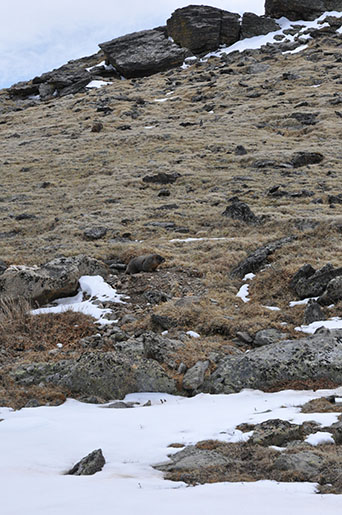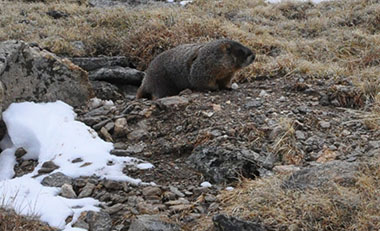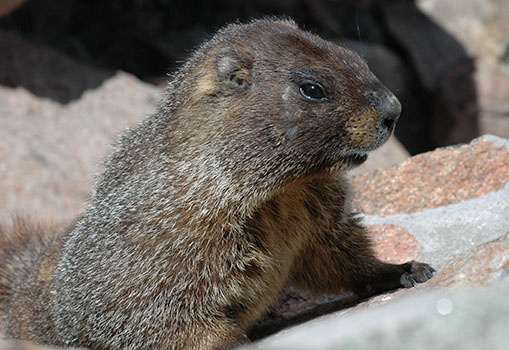 Ever start reading a book and come to the conclusion you might never actually finish it. That is the exact situation I was in with today’s book recollection post. Over three months ago I started reading National Audobon Society Guide to Nature Photography written by Tim Fitzharris. Having perused the pictures in this particular book there was high expectations that the narrative would equal the stunning photos. And by stunning, I mean absolutely beautiful. Turns out a number of Tim’s photos were actually scanned in from film with the added bonus of over 200 new digital photos (at least I think the new ones were all digital). For those with access to the book, tops in my list was the image of a Marabou stork and African fish eagle fighting over a flamingo carcass. That is now my benchmark for any photo session. Another nice feature was he included the camera details for each of these shots providing some insights into how they were achieved.
Ever start reading a book and come to the conclusion you might never actually finish it. That is the exact situation I was in with today’s book recollection post. Over three months ago I started reading National Audobon Society Guide to Nature Photography written by Tim Fitzharris. Having perused the pictures in this particular book there was high expectations that the narrative would equal the stunning photos. And by stunning, I mean absolutely beautiful. Turns out a number of Tim’s photos were actually scanned in from film with the added bonus of over 200 new digital photos (at least I think the new ones were all digital). For those with access to the book, tops in my list was the image of a Marabou stork and African fish eagle fighting over a flamingo carcass. That is now my benchmark for any photo session. Another nice feature was he included the camera details for each of these shots providing some insights into how they were achieved.
As a quick background, this book was published by the National Audobon Society. Interesting enough, their mission is to conserve and restore natural ecosystems, focusing on birds, other wildlife and their habitats for the benefit of humanity and the earth’s biological diversity. It was first published in 1990with a revision in 2003. This particular copy was a second printing 2011. Supposedly this was updated for the digital age, but there are still missed references to the film days and the digital age has actually evolved a couple of levels since 2003 (for instance a gig card for a day’s shoot is looooong gone). So what trumped all these great pictures? The honest truth was the Tim’s writing style. He deserves every credit he has ever received for his images, but his writing style tends to overplay the profession. It is hard to identify exactly what it is about the narrative that annoyed me so much and therefore hard to really describe the issue here. Instead, let me take a quote and let you form your own opinions.
“… No matter the result of your picture-taking efforts, the act itself serves as an example to family members, friends and even the larger community of a philosophy that marries abstraction with the elemental dictums of survival.”
Did you know the perfect line of system code (in Forth of course) eschews the very fiber that separates society from barbarianism and insure that humanity will always demonstrate the higher thought process once attributed only to the deities of religion? I didn’t think you did .. ha.
You get my drift. After about 10 pages of that I had to put it down before I witnessed the re-evolution of dinner, making the progression through the 207 pages quite difficult. Eventually, the last page was turned. Again, the pictures were quite impressive and there were some takeaways so it was not a waste by any means – although not a great return of tip per time read. The scary thing is we already purchased a sister book from Tim focused on Landscape Photography. We’ll just let that sit for awhile.
Hit the jump to see my takeaways.




